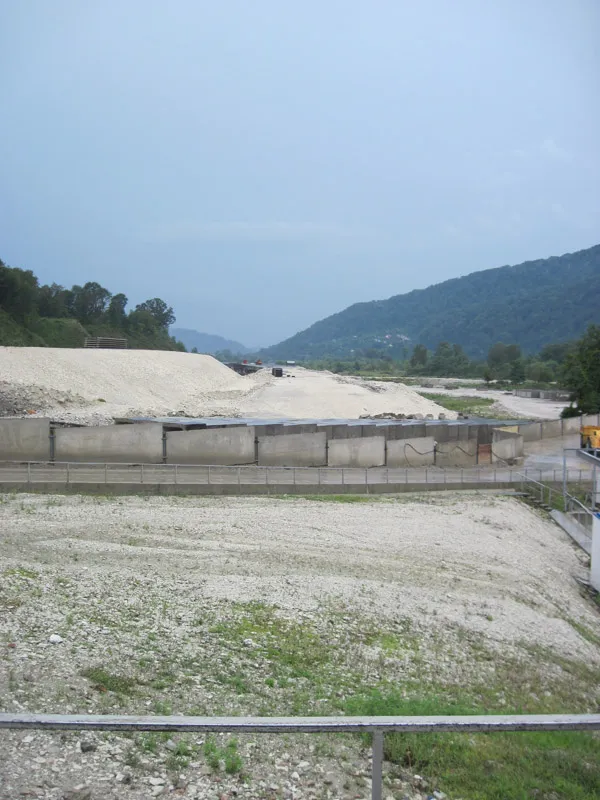The US state of Ohio plans to invest US$120 million in repairing and replacing over 200 county and city-owned bridges over the next three years. The funds are being made available through the state’s efforts at overhauling highway funding by reducing overhead costs and improving efficiency at the Ohio Department of Transportation (ODOT). Work is expected to begin on the first 40 bridges next year. ODOT will work with local officials to identify the remaining bridges to repair or replace in the following yea
November 8, 2013
Read time: 2 mins
The US state of Ohio plans to invest US$120 million in repairing and replacing over 200 county and city-owned bridges over the next three years. The funds are being made available through the state’s efforts at overhauling highway funding by reducing overhead costs and improving efficiency at the 7272 Ohio Department of Transportation (ODOT). Work is expected to begin on the first 40 bridges next year. ODOT will work with local officials to identify the remaining bridges to repair or replace in the following years. Bridges will be selected based on a variety of factors including safety and importance to local job creation efforts. The state officials have worked hard to turn around finances, tackling an $8 billion shortfall in the general budget and the $1.6 billion shortfall in the highway budget. ODOT tightened ITS own belt, freed up more than $600 million and then Ohio leveraged the turnpike to generate an additional $1.5 billion, which will grow to $3 billion when paired with federal and local funds. Coupled with careful management of resources, this has helped free up the $120 million for the bridge maintenance programme. Ohio has 44,000 bridges, the second-highest number in the US after Texas. According to some reports, Ohio’s bridges are in better condition than the national average but many are in need of repairs.








